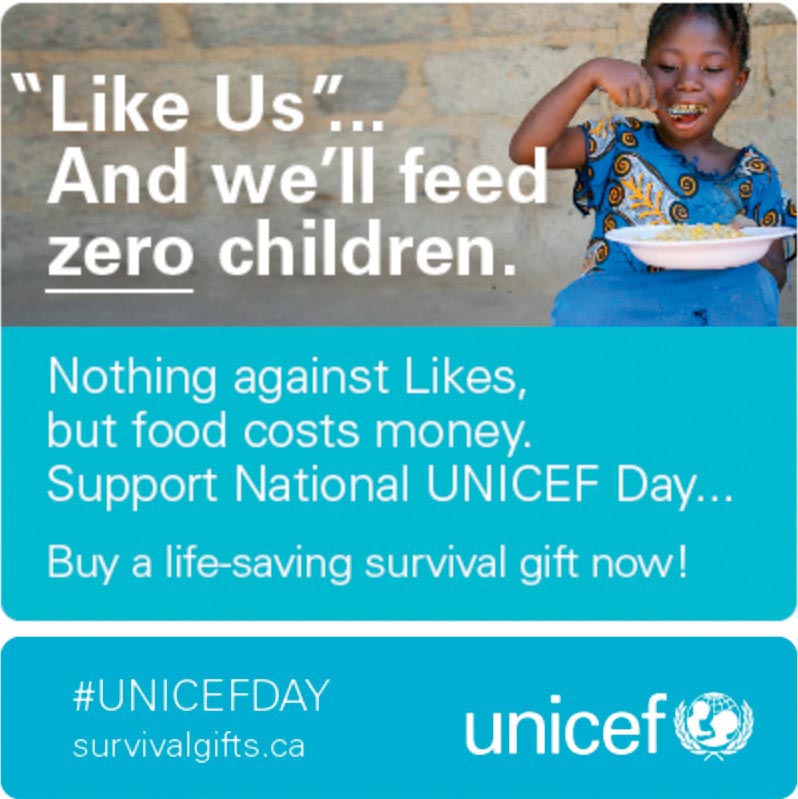New Content in New Media
New Content in New Media
As you well know, new media represent a vast array of interconnected, electronic platforms where ideas and arguments (and a great deal else) can be introduced and shared. In these “environments,” the content is almost anything that can be delivered digitally — words, pictures, movement, and sounds. Perhaps the first Web capability that writers and thinkers appreciated was the distribution of traditional printed texts via online databases; it made possible huge advances in speed, accuracy, and efficiency. (Consider, for a moment, the professional databases in every field and discipline that are available through your school library.)

Online content quickly evolved once it became apparent that just about anyone could create a Web site — and they did. Soon valuable sites emerged, covering every imaginable topic, many of them focusing on serious social and political concerns. Today, such blogs range from those that collect short items and links to promote a topic or point of view (Instapundit, The Daily Kos) to slick, full-featured magazines with original content and extensive commentary (Salon, Gawker). Social, political, and cultural sites such as Slate, Drudge, and Politico have become powerful shapers of opinion by showcasing a wide variety of writers and arguments. Right from the beginning, blogs demonstrated that interactive online sites could create virtual communities and audiences, enabling people (sometimes acting as citizen journalists) to find allies for their causes and concerns.
Enter Web 2.0 social media and the wildly diverse worlds they now represent. Consider the vast difference among platforms and environments such as Facebook, YouTube, Reddit, Flickr, Pinterest, Yelp, and, of course, Twitter. Reviews on Yelp are by nature evaluative arguments, and many Facebook postings have a persuasive bent, though they may not go much beyond observations, claims, or complaints supported by links or images. Both services are hugely influential because of their vast reach, as is Twitter — despite (or, maybe, because of) its 140-character limit. Indeed, the frameworks of these self-selected environments encourage posting and, to varying degrees, opinion making and sharing. And what gets posted in social media? Everything allowed — especially stuff already available in digital form on other online sites: cool pictures, funny people and pets, outrageous videos, trendy performers, and, yes, lots of links to serious talk about politics, culture, and social issues.
